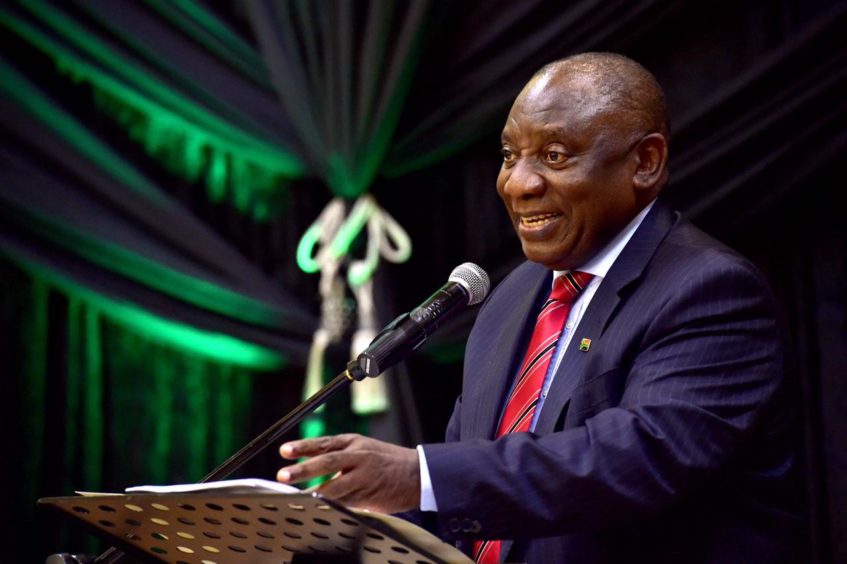
South African President Cyril Ramaphosa has approved plans to allow embedded generation projects with up to 100 MW of capacity.
The current limit is 1 MW. The president’s plan will tackle the country’s economic woes and reduce load shedding.
“We will be amending Schedule 2 of the Electricity Regulation Act to increase the National Energy Regulator of South Africa (NERSA) licensing threshold for embedded generation projects from 1 MW to 100 MW,” Ramaphosa said.
This follows consultations with the public and technical work by the Department of Mineral Resources and Energy (DMRE), he said.
Increasing embedded generation caps demonstrates the government’s commitment to “engage closely with our social partners and to take on board new ideas to address our longstanding challenges”.
“Generators will also be allowed to wheel electricity through the transmission grid, subject to wheeling charges and connection agreements with Eskom and relevant municipalities,” the president said.
Some restrictions apply. Generation projects will require a grid connection permit, in order to avoid destabilising the system, he continued.
Municipalities will be able to approve grid connections, based on their assessments of the impact on the grid.
Projects will also require environmental impact assessments. The DMRE will publish amendments within the next 60 days.
Unlocking investment
“This reform is expected to unlock significant investment in new generation capacity in the short and medium term, enabling companies to build their own generation facilities to supply their energy needs,” Ramaphosa said.
The government hopes that the new rules will cut the burden on Eskom. The utility has been struggling for some time but current
“This in turn will increase the available supply of energy and reduce the burden on Eskom, allowing Eskom to proceed with its intensive maintenance programme and reduce its reliance on expensive gas and diesel turbines,” the President said.
On June 9, Eskom said breakdowns had taken 13,995 MW of capacity offline, with stage 2 load shedding in place.
“Resolving the energy supply shortfall and reducing the risk of load shedding is our single most important objective in reviving economic growth,” Ramaphosa said.
Power industry participants have welcomed the move.
Energy expert Lungile Mashele noted that the move should benefit Eskom and drive innovation in the power sector. She did, though, raise some concerns around the impact on municipalities. These buy power in bulk and sell it on for profit.
The people most likely to be impacted by this decision are the municipalities, some of whom get up to 70% of their revenue from electricity sales.
Pull 1 or 2 industries or SEZs from them and what do they have?
— Unhinged! (@lungile_mashele) June 11, 2021
Environmental NGO groundwork broadly welcomed Ramaphosa’s statement, although expressed some concerns. In particular, the group said the new embedded generation should not allow dirty fuels. It specified these were “LNG, diesel or other fossil fuels”.
Further, such generation is likely to be expensive, restricting its use to corporates and the wealthy.
groundWork warned against a situation where these groups look after themselves, “leaving low-income groups to pay for the grid. This will create energy slums as the poor will not be able to afford high tariffs and the grid will not be utilised or paid for.”
Updated at 11:31 am with groundWork statement.
